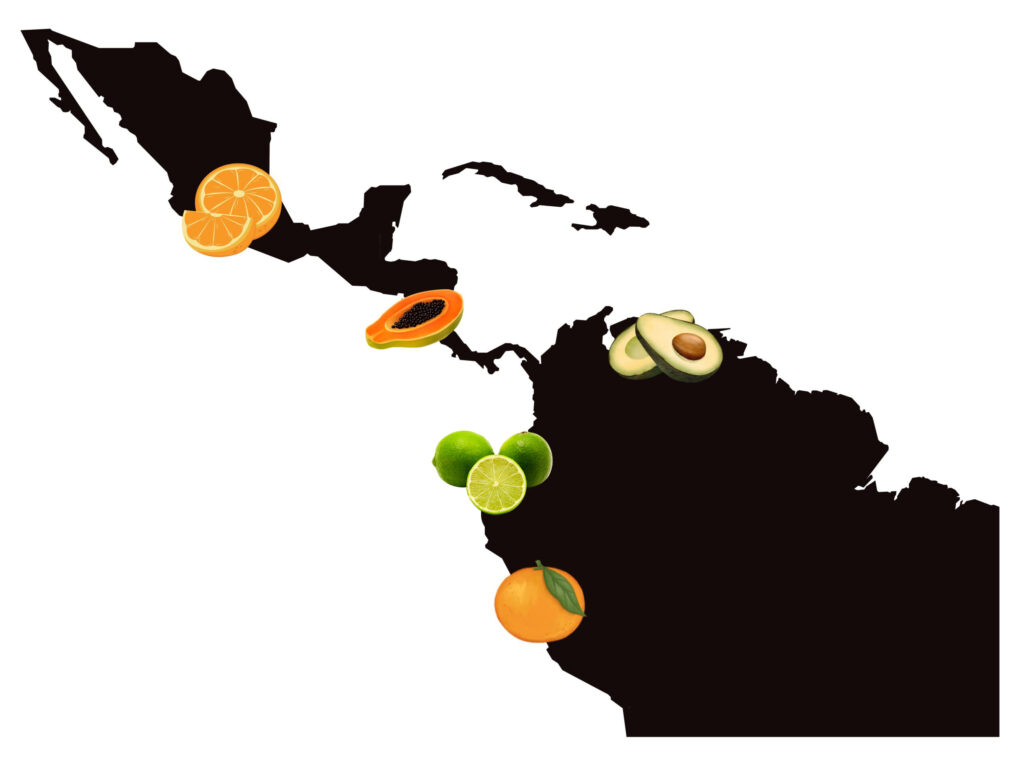The farming industry is an intricate web of relationships, where every factor can have a significant impact. One such factor that often goes unnoticed is the exchange rate. In this article, we will delve into the hidden challenges faced by fruits and vegetables farmers due to exchange rate fluctuations, explore strategies to navigate this volatility, and discuss the global implications of exchange rates on fruits and vegetables exporting economies.
The Impact of Exchange Rates on fruits and vegetables Exports: A Closer Look at the Farming Industry
fruits and vegetables exports play a vital role in many economies worldwide. However, the value of these exports can be heavily influenced by fluctuations in exchange rates. When the domestic currency depreciates against major trading partners’ currencies, it becomes more low-cost for foreign buyers to purchase fruits and vegetables, leading to an increase in demand. Conversely, when the domestic currency strengthens, exports become more expensive, potentially reducing the competitiveness of tomato farmers.
This conundrum highlights the vulnerability of the farming industry to external factors beyond farmers’ control. The exchange rate fluctuations can either boost or hamper the profits of fruits and vegetables farmers, making it crucial for them to understand and navigate this dynamic environment.
Uncovering the Hidden Challenges: How Exchange Rates Influence fruits and vegetables Farming
Exchange rate fluctuations impact fruits and vegetables farming in various ways. First, they affect the cost of inputs, such as seeds, fertilizers, and machinery, which are often priced in foreign currencies. When the domestic currency weakens, these inputs become more expensive, potentially squeezing farmers’ profit margins.
Second, exchange rate movements also influence the prices received for fruits and vegetables exports. A stronger domestic currency can make exports more expensive, leading to reduced demand from international buyers. Conversely, when the domestic currency depreciates, exports become more attractive in terms of affordability, potentially driving up demand.
Additionally, exchange rate fluctuations can also impact the availability of credit and financing options for fruits and vegetables farmers. Banks and financial institutions regularly adjust interest rates in response to currency movements, which can impact the cost of borrowing for farmers. Higher interest rates can strain cash flow and hamper investments in technology and infrastructure, reducing the competitiveness of tomato farms.
Strategies for fruits and vegetables Farmers in a Fluctuating Exchange Rate Market
fruits and vegetables farmers face the challenge of navigating the volatility of exchange rates to maintain stable profits. One strategy is to hedge against currency risk by entering into forward contracts or using derivative instruments. These financial tools allow farmers to lock in exchange rates for future transactions, providing a level of certainty in an uncertain market.
Another approach is to diversify markets. By exploring new export destinations that have stable currency relationships, fruits and vegetables farmers can spread their risk and reduce their vulnerability to exchange rate fluctuations. This diversification can provide a buffer against adverse currency movements and maintain a stable income stream.
Furthermore, investing in technology and innovation can help tomato farmers increase their productivity and reduce costs. By adopting advanced farming techniques and machinery, farmers can mitigate the impact of exchange rate fluctuations on their profitability. These investments can also enhance the quality and competitiveness of their products, opening up new market opportunities.
Beyond Borders: Exploring the Global Implications of Exchange Rates on fruits and vegetables Exporting Economies
The impact of exchange rates on fruits and vegetables farming extends beyond domestic boundaries. In fruits and vegetables-exporting economies, fluctuations in exchange rates can have significant consequences for economic growth and development. A weaker domestic currency can stimulate exports, boosting employment and contributing to economic prosperity. Conversely, a stronger currency may lead to a decline in exports, impacting the livelihoods of farmers and the overall economy.
These global implications highlight the interconnectivity of the farming industry with the broader economic landscape. Understanding and managing exchange rate risks is crucial for policymakers to ensure the stability and growth of tomato-exporting economies.
In conclusion, exchange rate fluctuations pose hidden challenges for fruits and vegetables farmers, influencing the cost of inputs, export prices, and access to financing. However, by adopting strategies such as hedging, diversification, and technology investments, farmers can navigate this volatility and maintain stable profits. The global implications of exchange rates emphasize the importance of this issue for fruits and vegetables-exporting economies. For more information on how our company MARABELLA supports farmers in tackling such challenges, contact us today.







